Cueva de Los Letreros in Velez Blanco, Almeria, Andalucia is where the cave art engraving later adopted as the form of Indalo Man was found.
By Nick Nutter | Updated 23 Apr 2022 | Almería | Places To Go |
Login to add to YOUR Favourites or Read Later
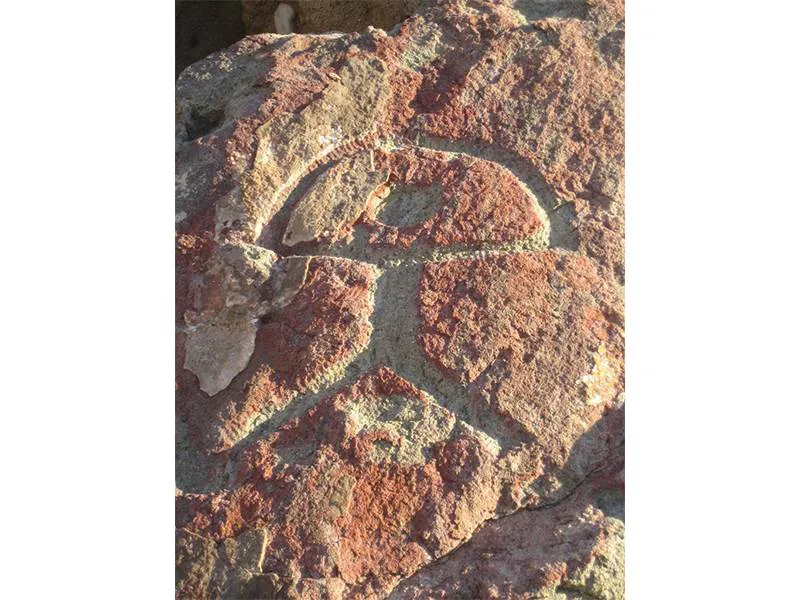
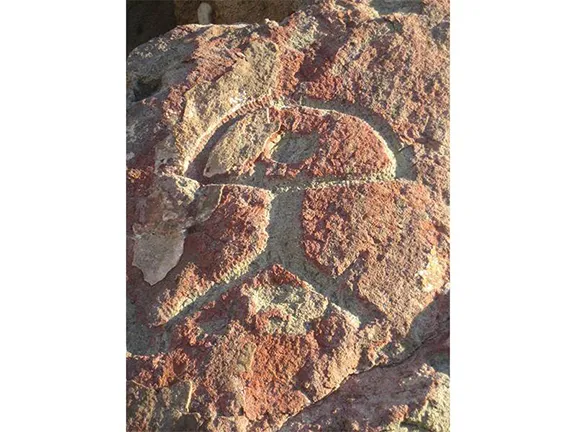
Indalo Man Los Letreros Cave
Between 8000 BC and 3500 BC, hunter gatherers and the Neolithic people that succeeded them, left a record of their passing in the form of cave art. Los Letreros cave is notable for being the location of the figure known as Indalo man, taken in modern times as the symbol for Almeria.
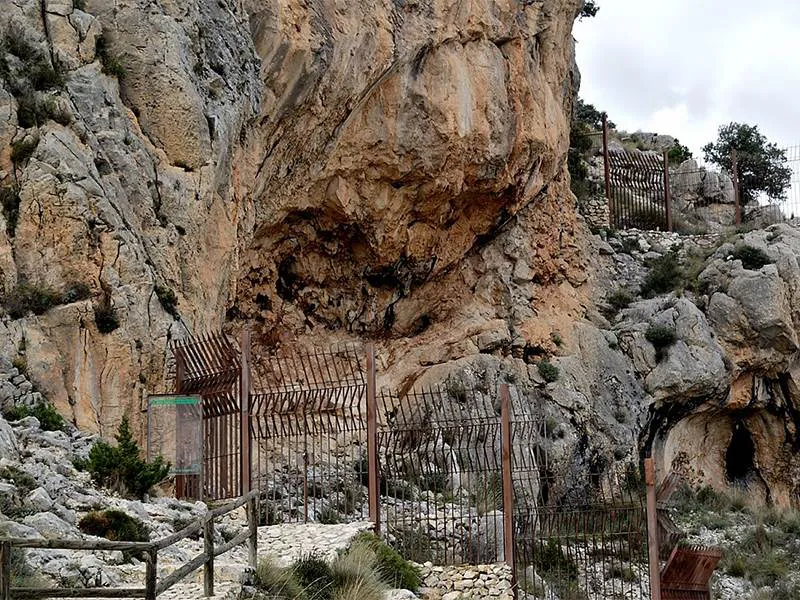
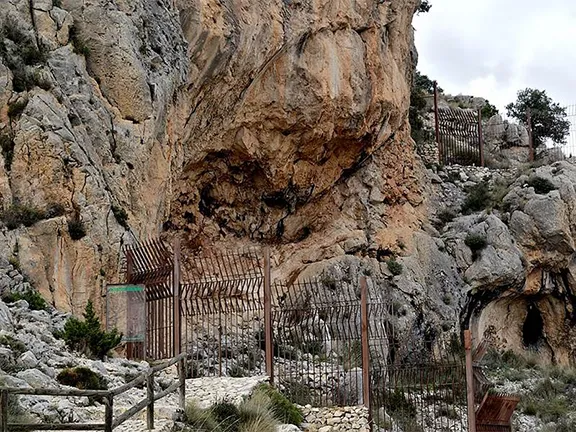
Los Letreros Cave
Los Letreros was used as a seasonal habitation throughout the period. The paintings are in a style known as Levantine-style Prehistoric Painting. There are highly schematic drawings of animals, goats and deer and humans, both male and female. The human figures are distinguished by having bowed arms and legs. The paintings have been dated to about 5000 BC, soon after the Neolithic people arrived in the area and are thought by some to illustrate the transition from the Mesolithic hunter gatherer way of life to the more sedentary Neolithic.
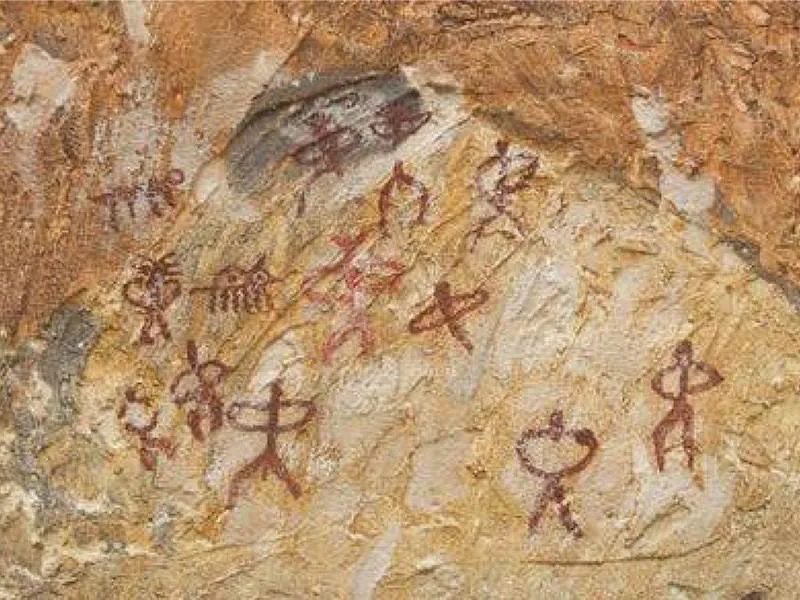
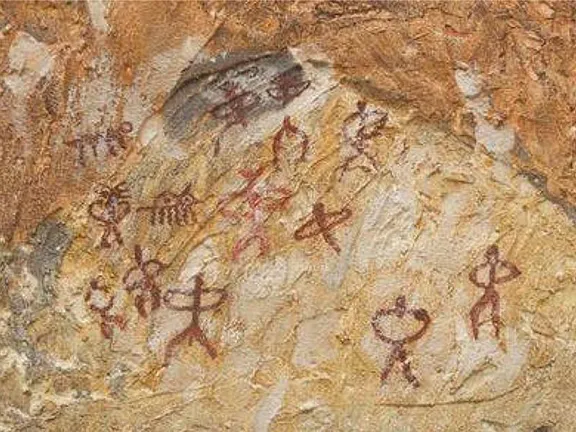
Cave Art
There are 727 sites in north eastern Spain with cave art (arte rupestre), the largest concentration in the world and Almeria has 25 of them. Most are closed to the public but Los Letreros can be visited with a guide during the months of June, July and August.
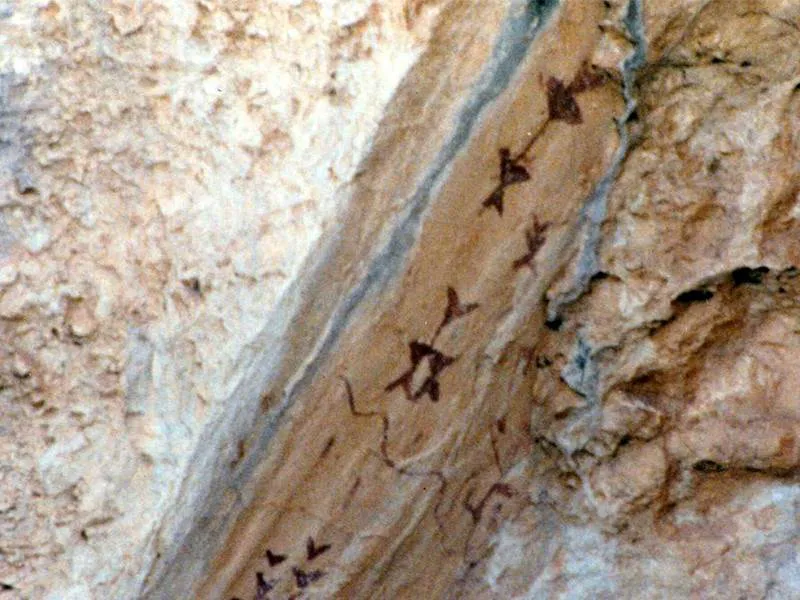
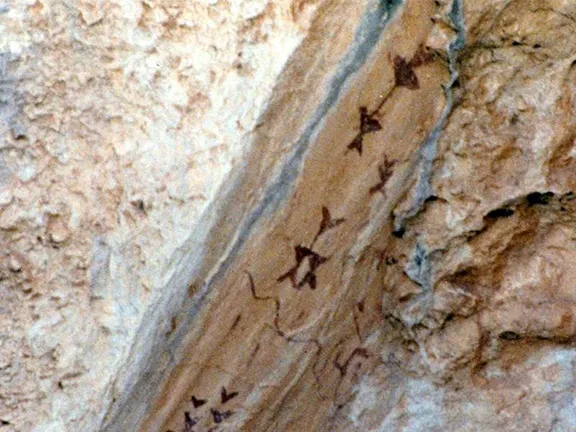
Cave Art
The 727 rock shelters and caves in Valencia, Murcia, Catalonia, Almeria and parts of Granada and Jaen, comprise a group known as the Rock Art of the Iberian Mediterranean Basin that was declared a UNESCO World Heritage site in 1998.
About 2500 BC, in Los Letreros cave near Vélez Blanca, a Neolithic cave dweller painted a stick figure of a man with arms outstretched holding each end of what has since been interpreted as a rainbow in each hand. To a literal minded person, it could just as easily be a bow or even a skipping rope. In the early 1960s, a group of Bohemian hippies, who had taken over the largely abandoned hill town of Mojácar, named the figure Indalo and endowed him with the power to ward off evil spirits. It was they, probably under the influence of a hallucinatory drug, who saw the bow and said something like, ‘Hey man, there’s a rainbow’. Reproductions of the figure started to appear on houses, in sculptures, on public buildings and guard rails over bridges.
The Indalo figure was adopted by the Bohemians of Mojacar as a lucky charm and it proved rather efficient, the fortunes of the town changed and it became a prosperous municipality. The provincial government of Almeria adopted Indalo as their emblem, perhaps hoping that his spirit would do for Almeria as a whole, what it had done for Mojácar.
The name Indalo comes from the name Indalecio, Bishop of Urci, who arrived in Spain via Almería in the 1st century AD. He is venerated as the patron saint of Almería. His name includes the Iberian term “Indal” meaning large, strong, powerful and protective god. Mojácar comes from the Iberian term “Monxacar”, meaning sacred mountain. It seems the name and the place have been inextricably linked for a couple of thousand years.